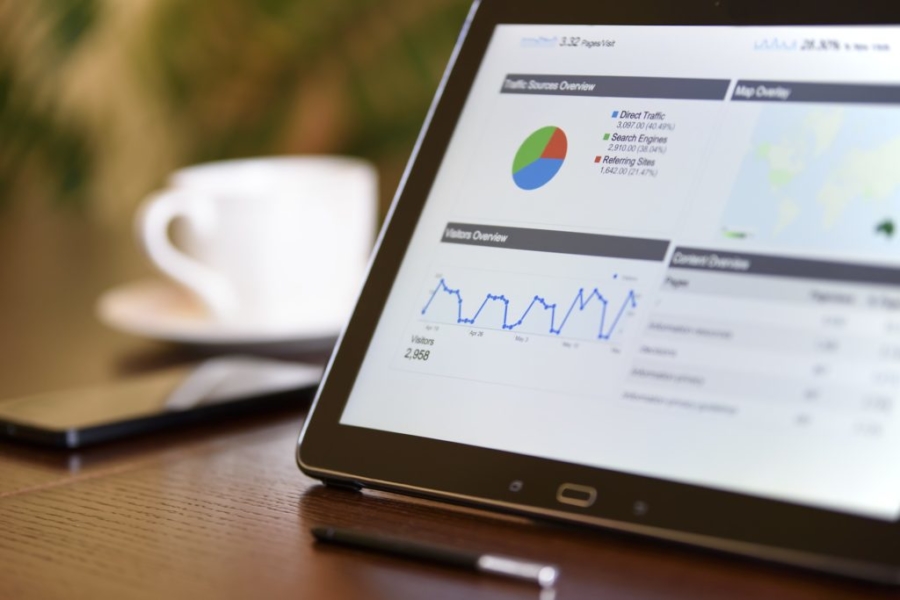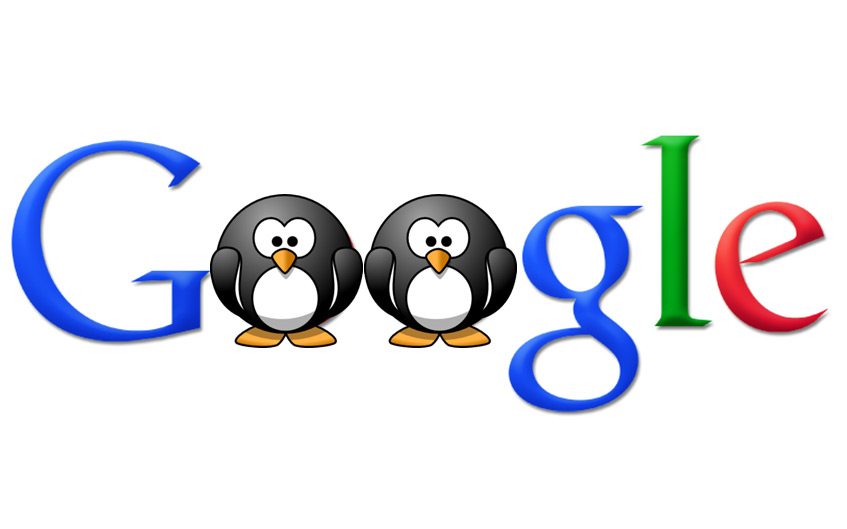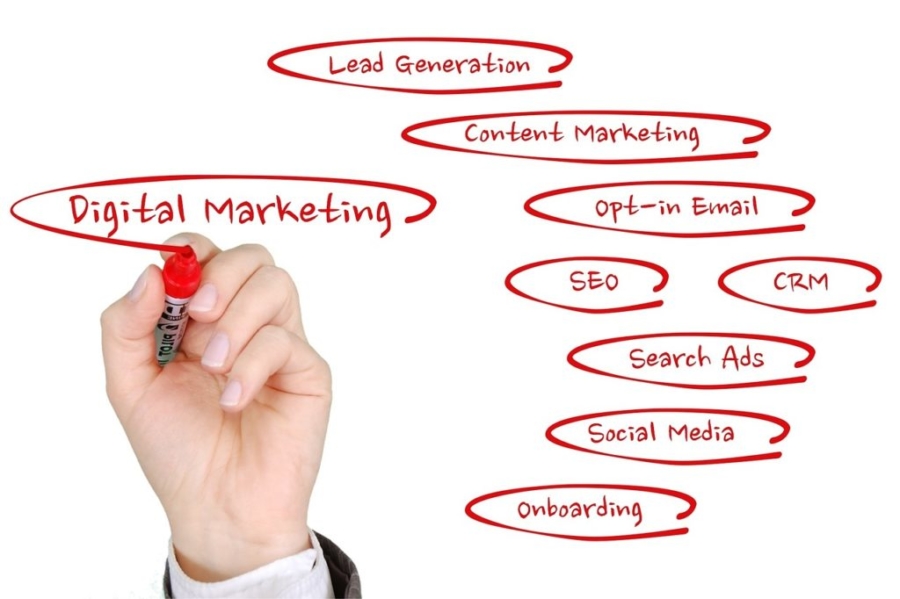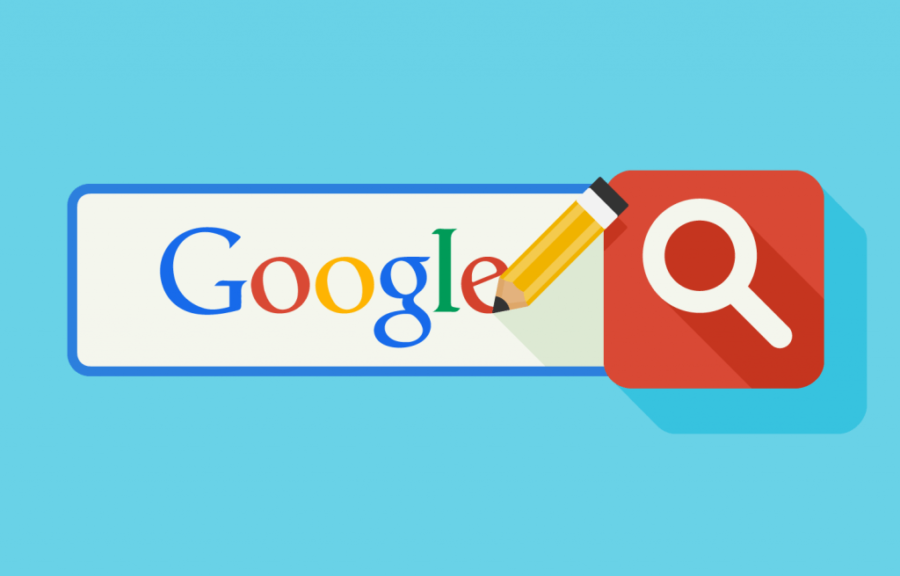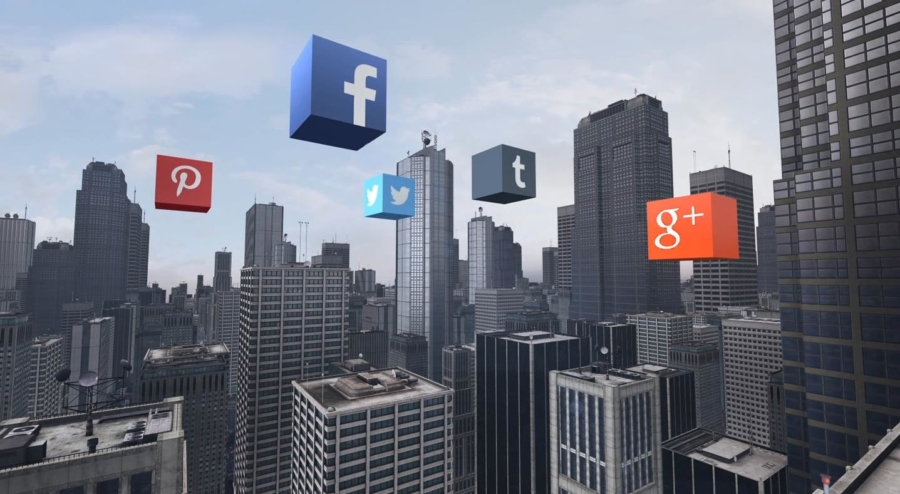When it comes to success with paid search, it’s not just about ad copy. You have to pay attention to your ad extensions and your landing pages as well. In this article, Mona Elesseily from Search Engine Land discusses the specific ad
- Home
- Tag: Digital Marketing
Google's algorithms rely on more than 200 unique signals or "clues" that make it possible to surface what you might be looking for. These signals include things like the specific words that appear on websites, the freshness
We’ve all heard the statistics and reports on how search engine optimization (SEO) is a critical focus point for businesses on the internet. Setting a perfect stage for customers to come in and patronize your business in
It was an unusually good week in digital marketing stats, with some numbers proving to be surprising and others mind-boggling. The following nine stats in particular caught our eye: 1. The pumpkin spice cometh Starbucks' pumpkin spice lattes
In Google Search, their goal is to help users quickly find the best answers to their questions, regardless of the device they’re using. Today, they're announcing two upcoming changes to mobile search results that make finding content
Big text ad changes, a revival of device bidding and LinkedIn possibilities are among the announcements that hold big implications for search marketers. (more…)
Marketing your business on the internet is different than any other type of marketing. There are dozens of concepts, technologies, terminologies, and rules to learn before you even get started. What’s more, the types of advertisements available to you are
The last several days were full of intriguing and surprising data points from the world of digital marketing. Below appear 9 numbers that caught our eye: 1. Quietly killing it on Facebook Whisper, which has nearly 2.3
The digital marketing world is ever fluid, always dynamic and never dull, especially to the ever growing need to grow that CMO constantly faces. This is in part due to the emergence of new trends that are
It's been a notable week for digital marketing stats, with new studies, developing news and industry trends. Here are the seven items that caught our eye: 1. Apple is winning against the FBI in the court of

